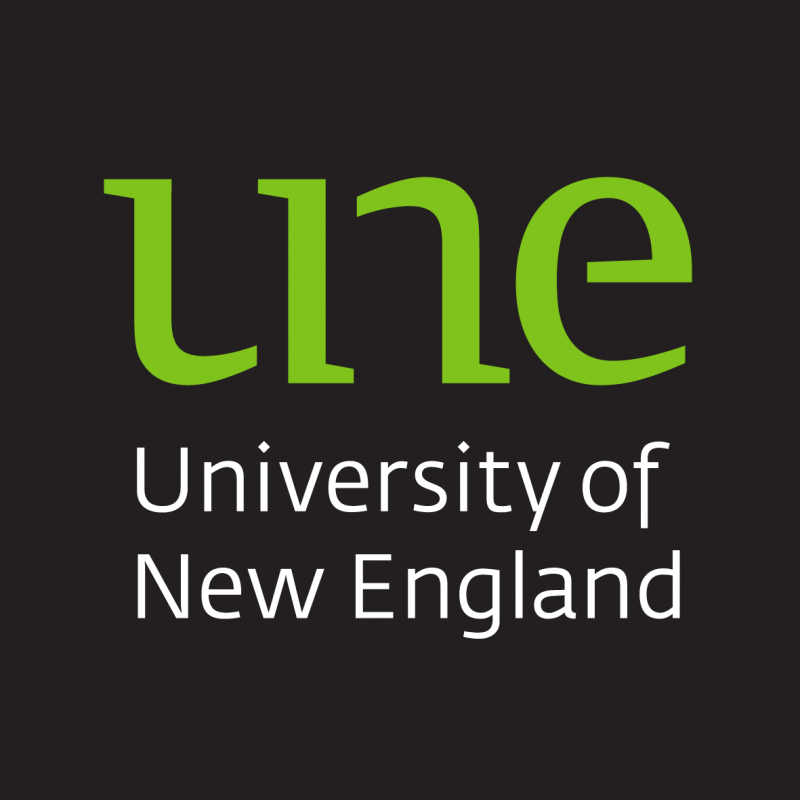In Australia, many consumers prefer free range eggs over caged eggs because they believe they are healthier and taste better (Heng et al., 2013; Bray and Ankeny, 2017). For this reason, free-range egg production in Australia has risen to 52% of the market share.
However, free-range egg production systems are faced with multifaceted challenges where some flocks start laying too early or too late resulting in varying peaks of lay and/or drops in egg production as well as reduced egg quality at the end of lay. Management as well as environmental factors (range access, weather conditions) are known to contribute to the egg laying rate. This is of particular importance when aiming for better flock consistency. The magnitude of these varying factors on the hen’s laying performance can be reduced if producers are able to predict and counterbalance the loss of production issues beforehand.
Development of predictive diagnostic algorithms using machine learning models have the potential to improve the management of egg production. The project aims to develop supervised machine learning algorithms that are useful to assess the predictive ability of forecast parameters (and the impact of various events that these parameters describe) and to predict the performance of egg production in free-range hens in Australia.
The results of this project can be utilised to reduce irregular egg performance among free-range commercial hens. This project will also be advantageous to egg producers allowing early prediction of irregular egg performance thus providing consumers with more consistent free-range eggs.






